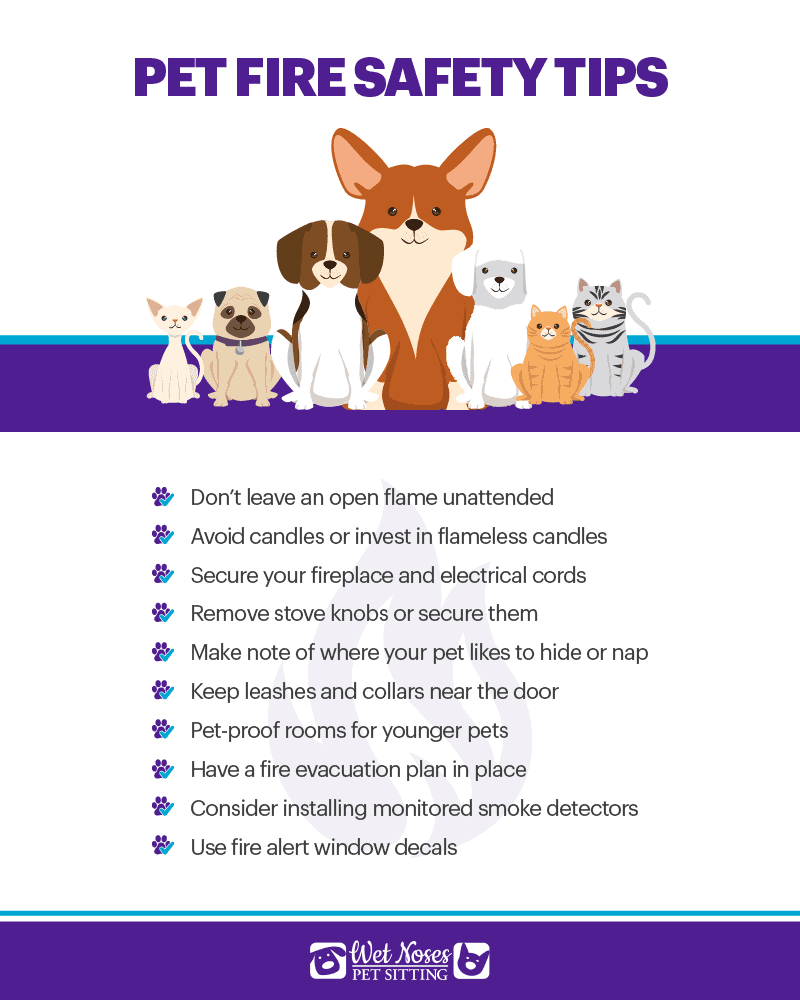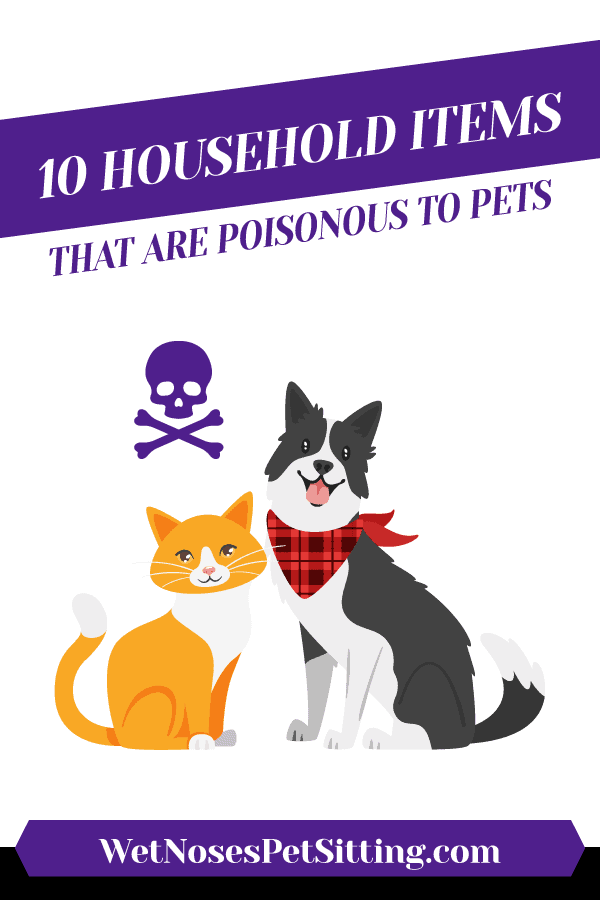
10 Household Items That Are Poisonous To Pets
It’s one of every pet parents worst nightmares. Your pet has gotten into something they shouldn’t have and it might be poisonous. So which household items are toxic to pets? The American Society for the Prevention of Cruelty to Animals (ASPCA) maintains a comprehensive online list but here are some items you probably have around your house.
1. Medications
One of the top household items that are poisonous to pets. Make sure to keep medications in an out-of-reach place and locked up to avoid curious pets (especially cats) getting into cabinets. If you can, keep the pills in their original container with a child safety lock.
2. Cleaning Products
Most household chemical-based cleaners are poisonous if ingested but some all-natural products can be poisonous as well. Products that contain essential oils such as lavender can be toxic to our feline companions.
3. Rodenticides
This one is self-explanatory. Rodenticides are usually poison designed to kill rodents.
4. Insecticides
Additionally, this one is also self-explanatory. Insecticides are often chemical-based and can cause harm if ingested.
5. Antifreeze
Antifreeze is toxic to ALL animals. If you see any spilled antifreeze make sure to clean it up and dispose of it properly. Antifreeze should be kept in an out-of-reach place and locked up.
6. Pool and Spa Chemicals
Chemicals can be poisonous if you pet ingests them. Make sure pool and spa chemicals are kept away from anywhere you pets may get into.
7. Fertilizer
Fertilizer provides nutrients for plants, but they often contain chemicals that are harmful to pets. It’s one of the more common household items that are poisonous to pets. Fertilizer poisoning often happens because of accidental ingestion when a pet cleans themself after playing outside.
8. Lead Paint Chips
Lead is known to be toxic to humans, as well as pets. If you are doing some DIY are dealing with lead paint (we recommend hiring a professional however), make sure pets are not in the room and make sure you dispose of any lead paint chips.
9. Some Plants
There are a lot of household plants that are poisonous to pets. Here is a list of common household plants that are toxic to pets. Did you know that some mushrooms are also toxic? Keep an eye out for any of these when on walks.
10. Yeast Dough
From the AKC: “When a dog eats bread dough, the yeast in the dough continues to make the dough rise, distending his stomach and releasing toxic levels of ethanol into the dog’s bloodstream. The pressure of the rising dough can mimic and cause bloat, but the real danger is from the alcohol toxicosis.” This one is the biggest shock for me on the list as I had no idea, but it makes sense when you think about it.
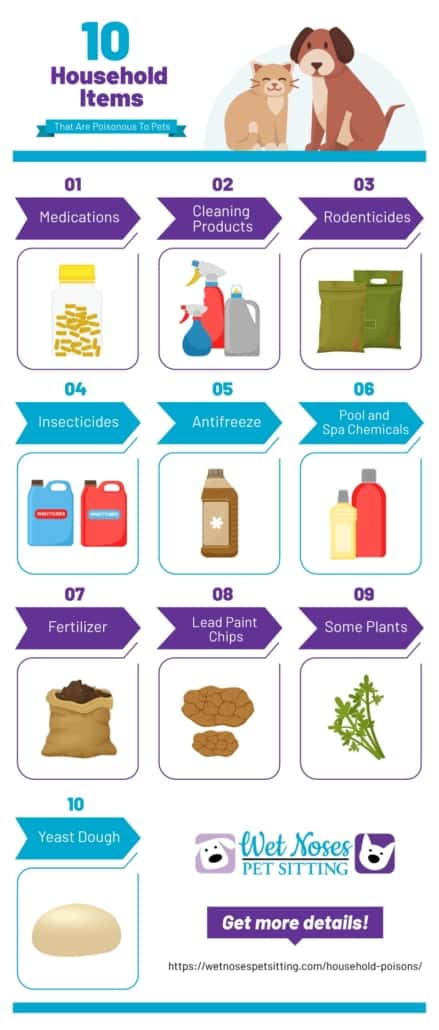
If you suspect your pet has been poisoned contact the Pet Poison Helpline 1-800-213-6680 and seek veterinary help immediately.
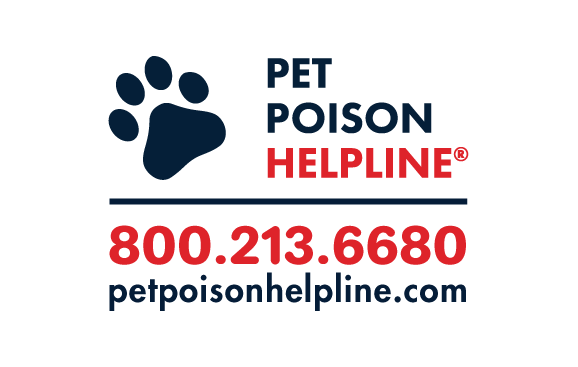
Did any of these common household items that are poisonous to pets on this list shock you? Let us know in the comments or @WetNosesPetSitting

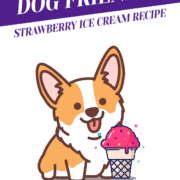
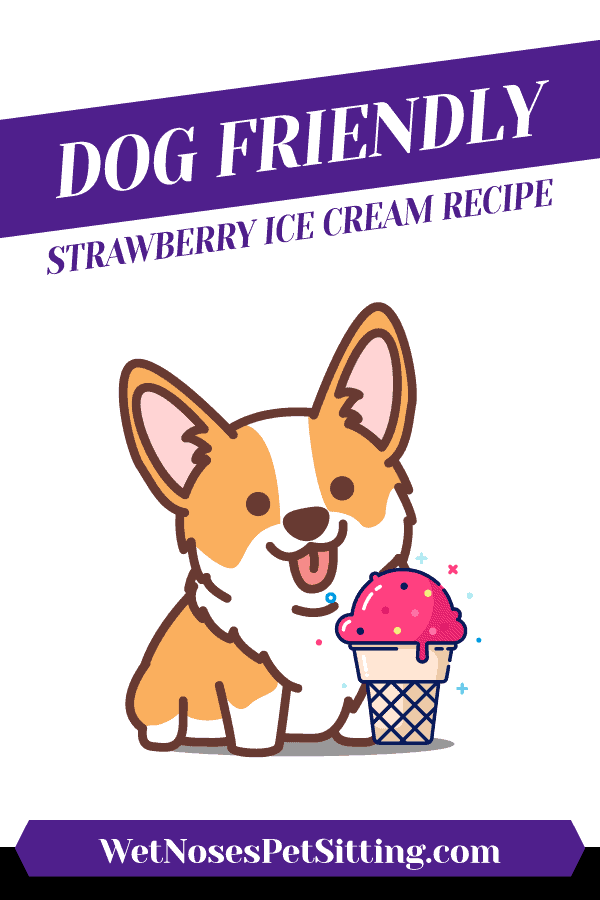
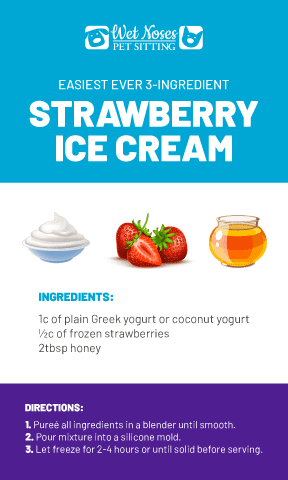
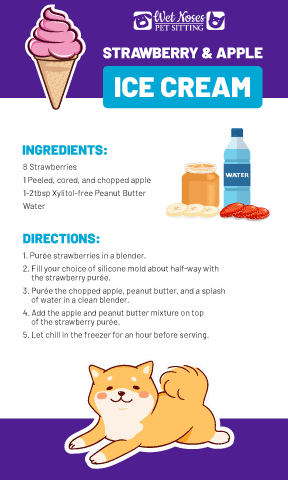
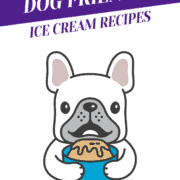
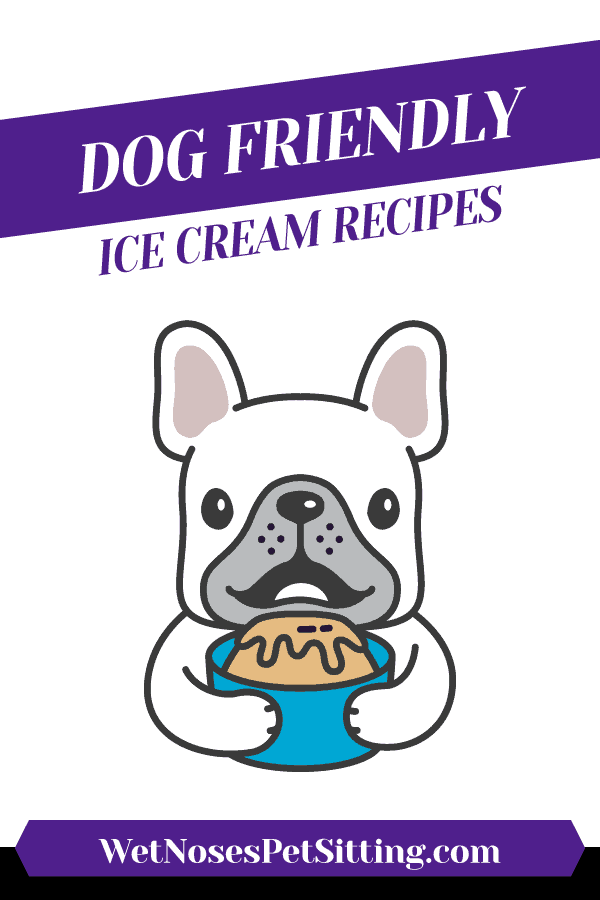

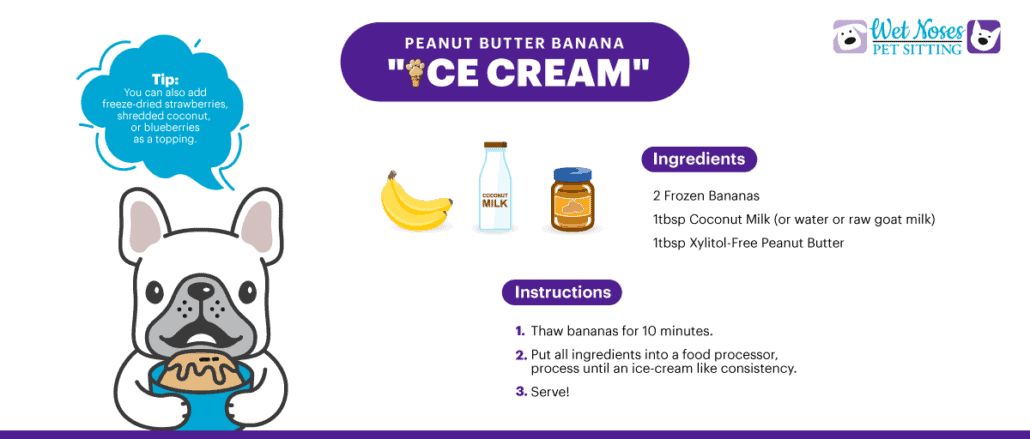
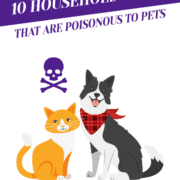





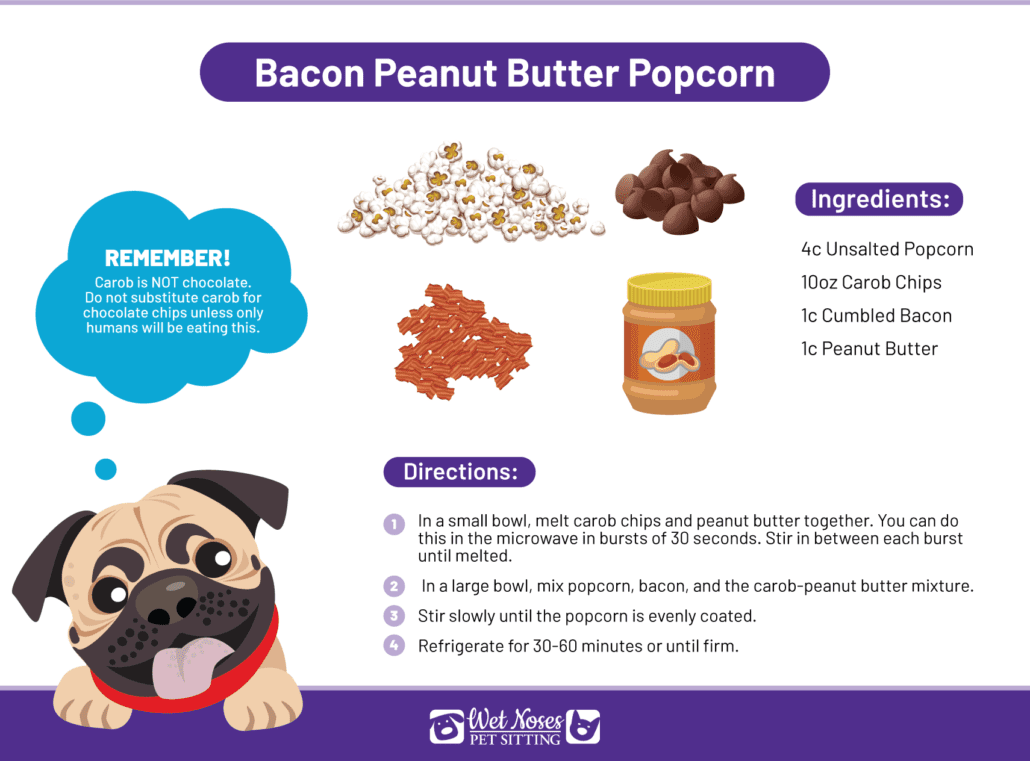
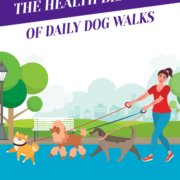
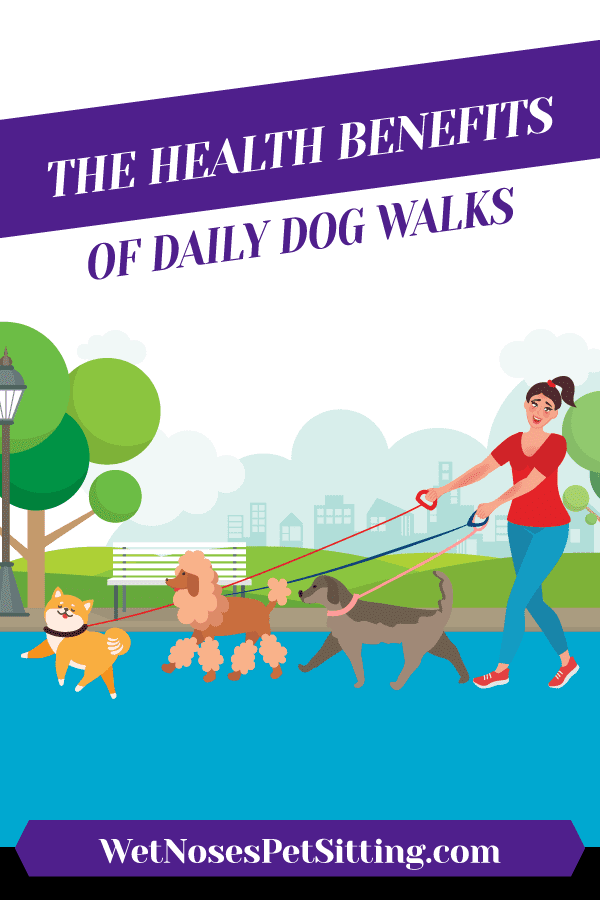

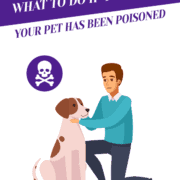
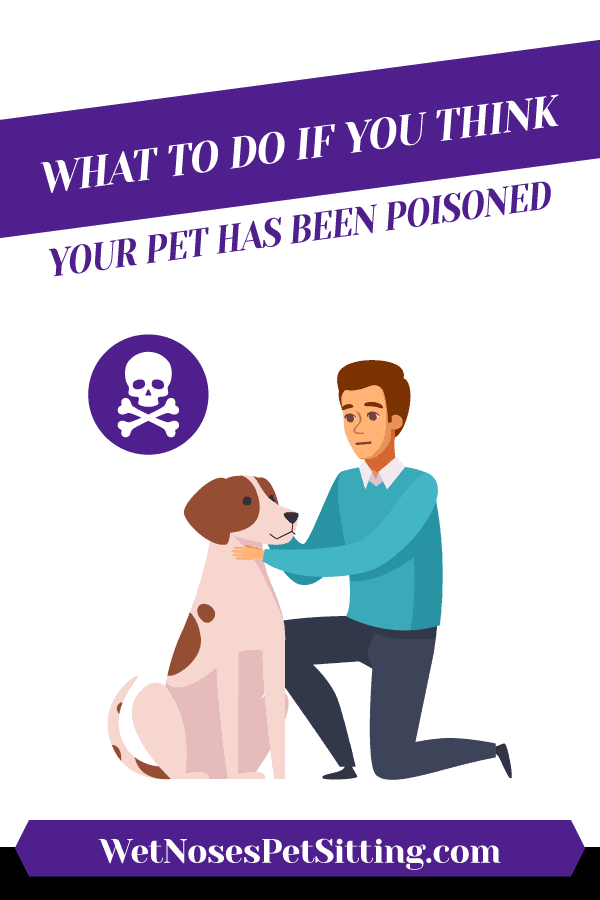
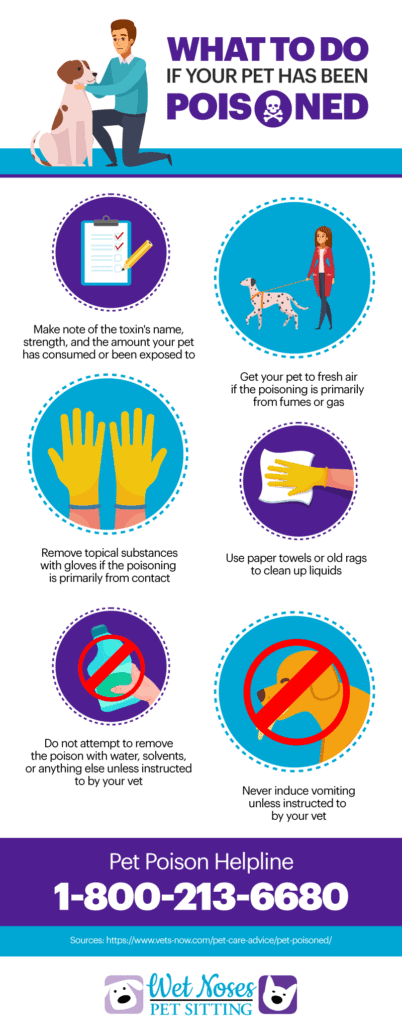
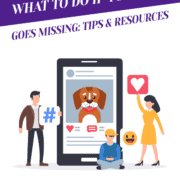
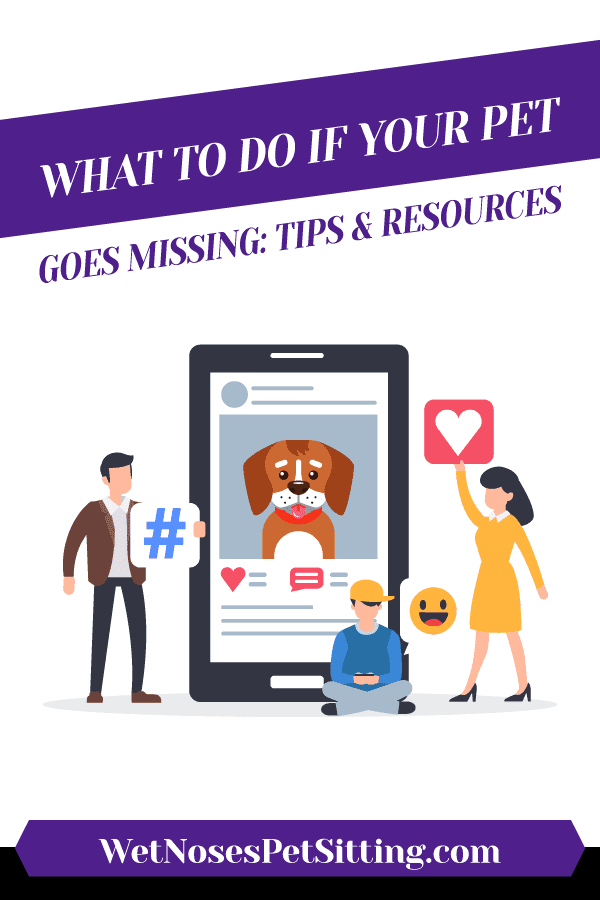
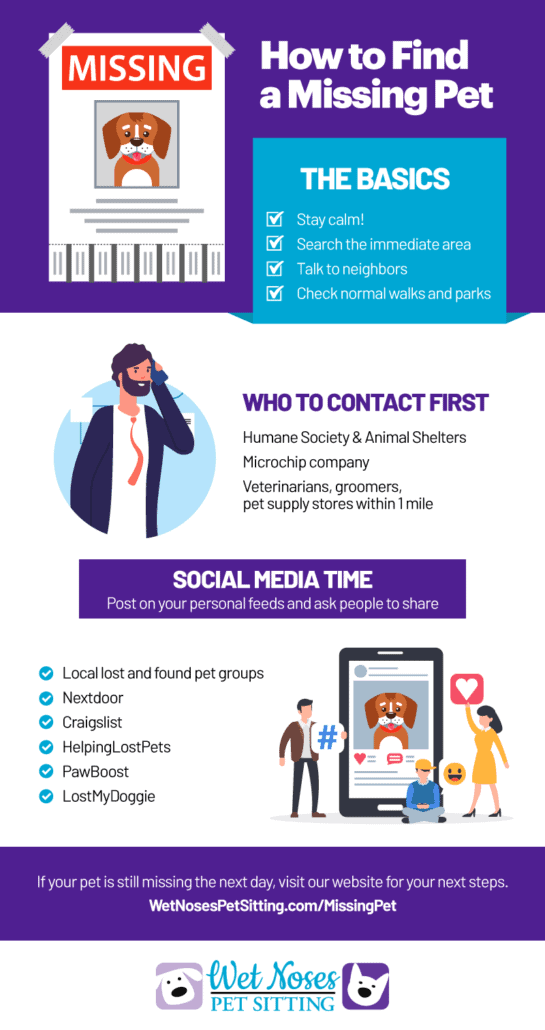


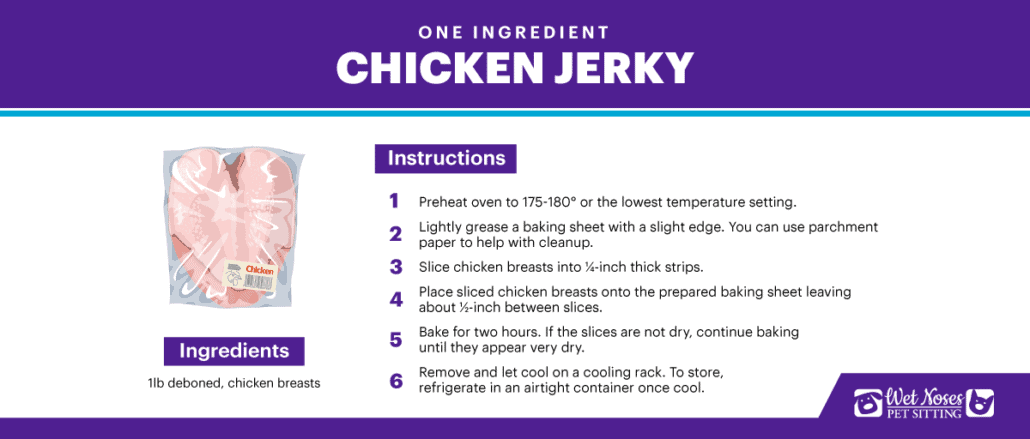

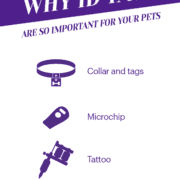
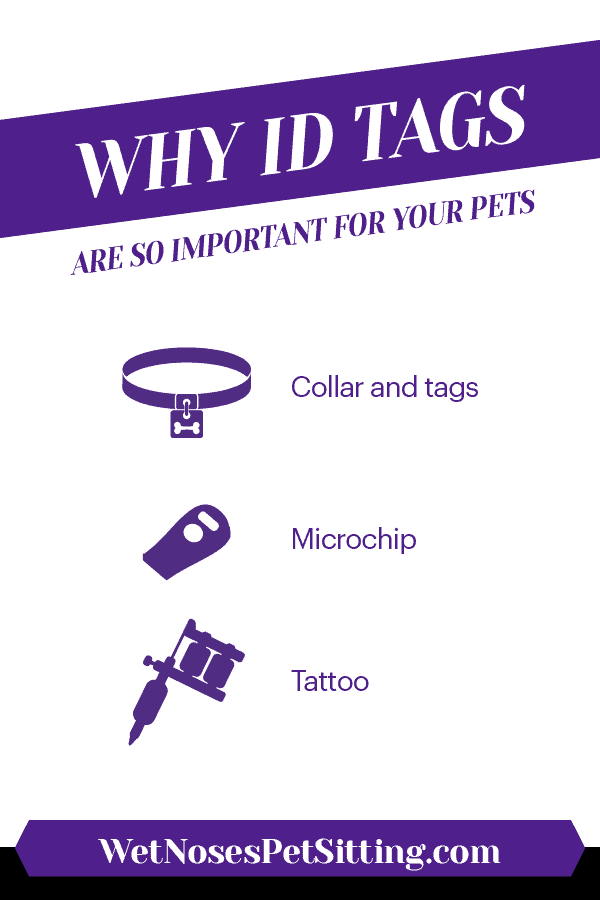
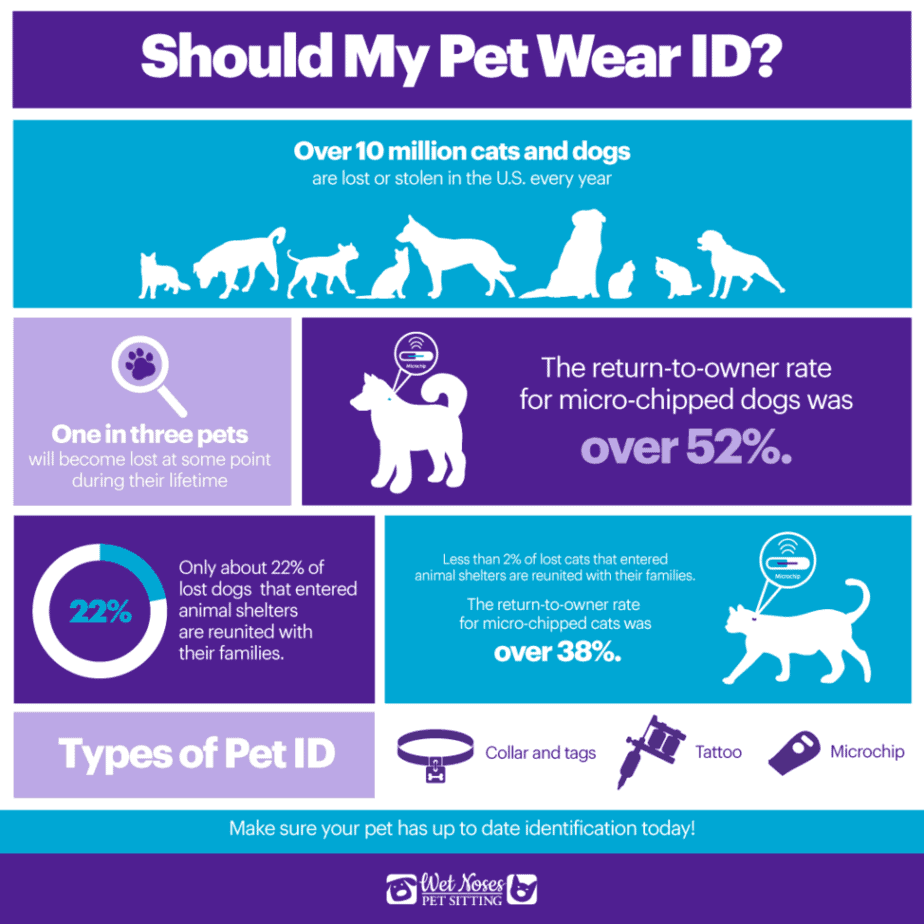

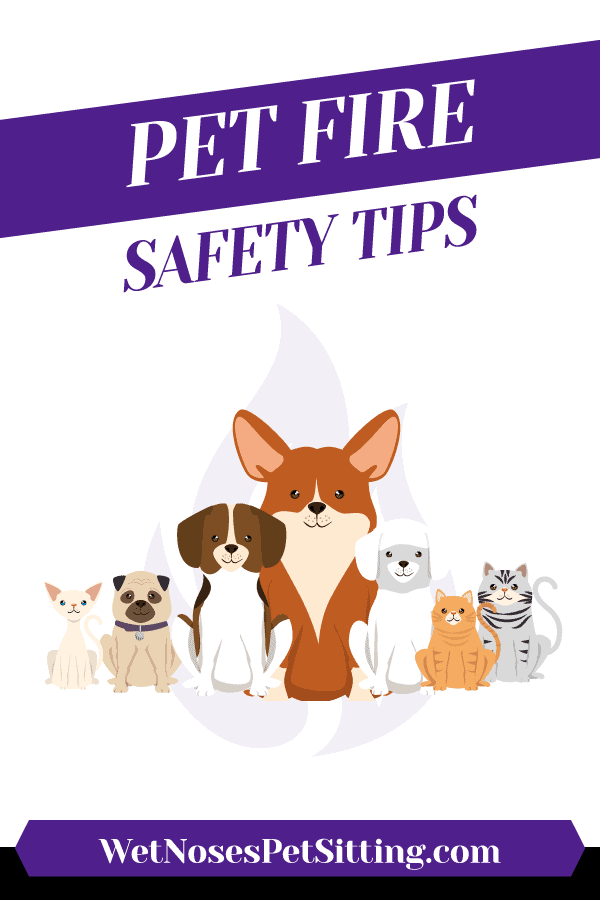 Pet Fire Safety Tips
Pet Fire Safety Tips